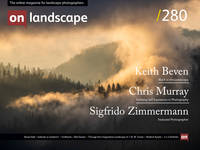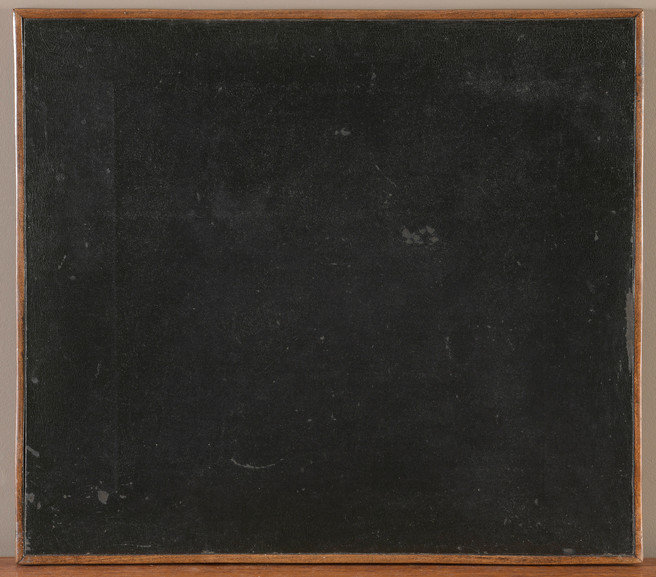Creating an impact

Keith Beven
Keith Beven is Emeritus Professor of Hydrology at Lancaster University where he has worked for over 30 years. He has published many academic papers and books on the study and computer modelling of hydrological processes. Since the 1990s he has used mostly 120 film cameras, from 6x6 to 6x17, and more recently Fuji X cameras when travelling light. He has recently produced a second book of images of water called “Panta Rhei – Everything Flows” in support of the charity WaterAid that can be ordered from his website.
I've always loved black, and I realized that, from the beginning, man went into completely dark caves to paint. They painted with black too. They could have painted with white because there were white stones all over the ground, but no, they chose to paint with black - in the dark.~Pierre Soulages
Real black is rather rare in the landscape. The black clouds on the horizon, the black depths of a lake, or the blackness of the night sky are rarely, in fact, black. Photographers require light to record on film or a digital sensor, and black is the absence of light. Black surfaces are those that absorb most of the light falling on them and emit little back. Few surfaces in nature absorb so much light as to be considered a pure black. Even in the night sky and the absorbing void that is space beyond, the scattering of light by particles in the atmosphere often leaves a trace of colour when viewed from the ground (hence the recent marketing of night sky filters to remove the scattered light from urban sources in a certain range of wavelengths). Certainly, there are dark shadows that might need to be carefully exposed to reveal some detail, but they are not often pure black.
So the use of pure black in an image is to employ a form of artistic license and indeed has a long history in art, going back to the prehistoric use of black in creating cave and rock paintings (see the quotation above). Black was then one of the readily available pigments, as it was later in the manufacture of inks, where it became particularly refined (using a mixture of pine soot and animal glue) in the production of Chinese calligraphy and landscape painting called Shanshui (mountain water) art. Later in the 14th Century Chinese monks introduced the style to Japan where inks made of oil lamp soot and glues were used in the Sumi-e style of refined monochrome landscapes, one of the features of which was that they should be produced with minimal but exquisite brush strokes.
The use of black in painting was taken to the extreme towards the end of the 19th Century by the French painter Paul Bilhaud (1854-1933) with an all black rectangle with the (not very woke) title Combat de nègres dans la nuit of 18821. This was taken further by Alphonse Allais in his Primo-avrilesque album of “monochroîde” works of 18962. Both Bilhaud and Allais were members of the Incohèrents, a group that existed for a relatively short period during the 1880s but which influenced a number of later 20th Century movements in art including dadaism, surrealism and minimalism in ways that have only recently been revealed3.
There have been other traditions of the use of (near) black in the Western art tradition. These include the chiaroscuro style 5(from the Italian chiaro, light, and oscuro, dark) used in the Renaissance by artists such as Raphael, Caravaggio, Rembrandt and his pupil Gerrit Dou. The style was mostly used for portraits and still life paintings. In most of these paintings, any landscape is generally obscured in the background, but at the end of the 18th Century, the English painter Joseph Wright of Derby adopted the style for both portraits and landscapes.


